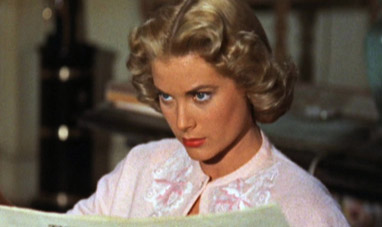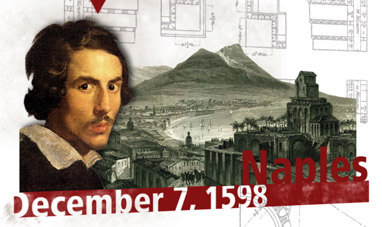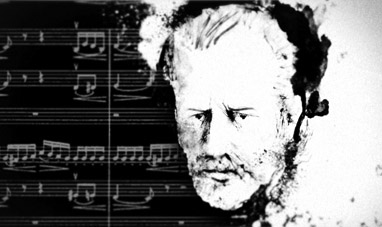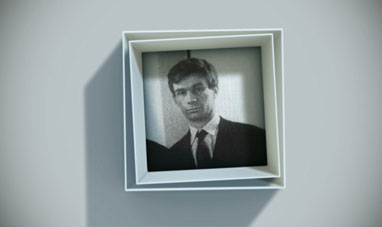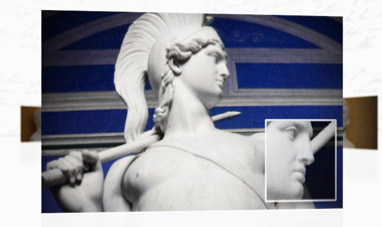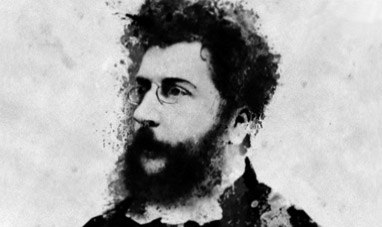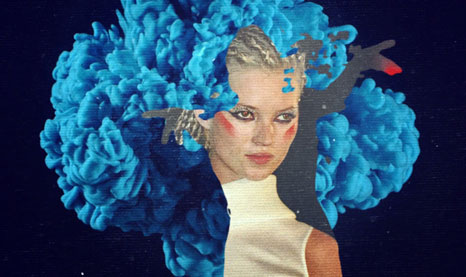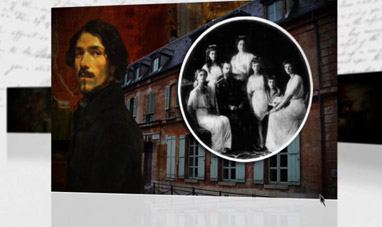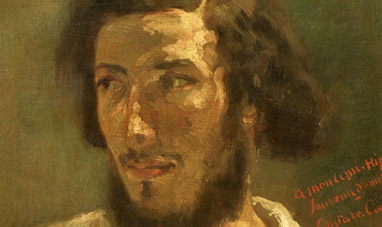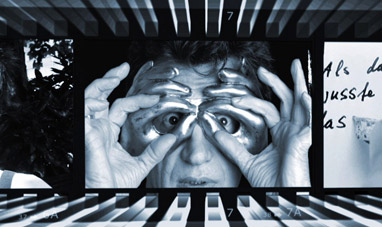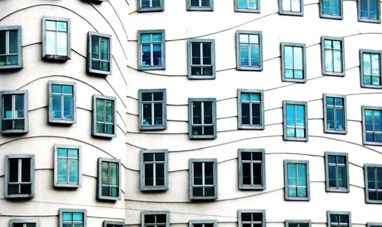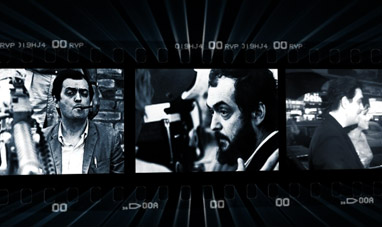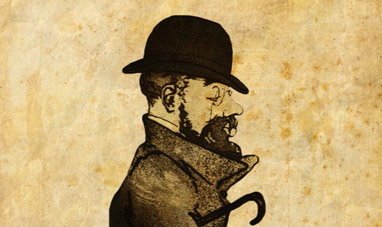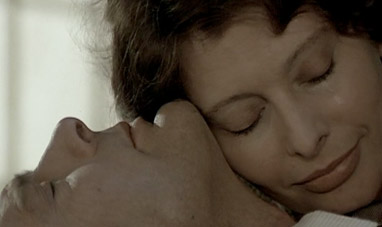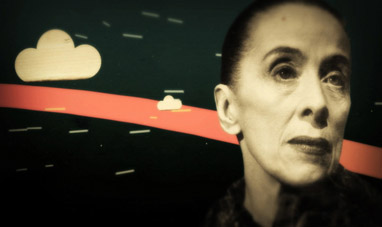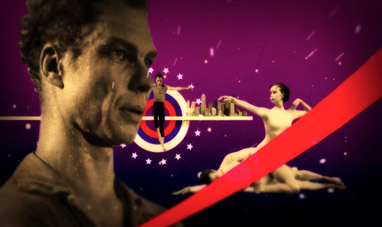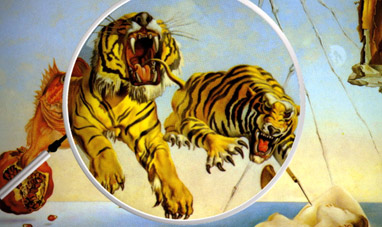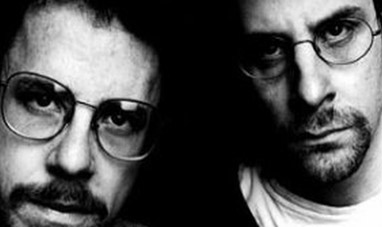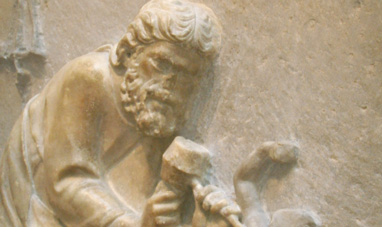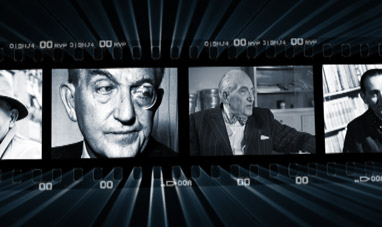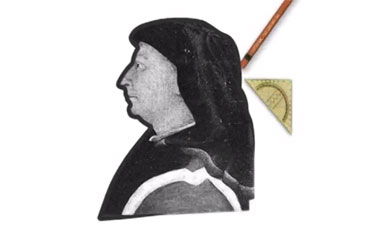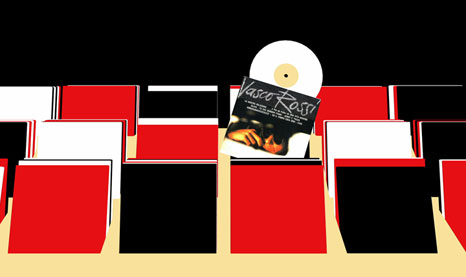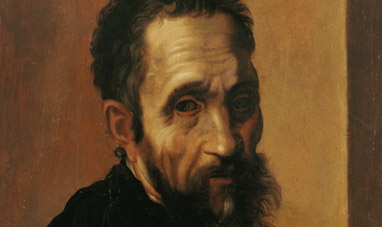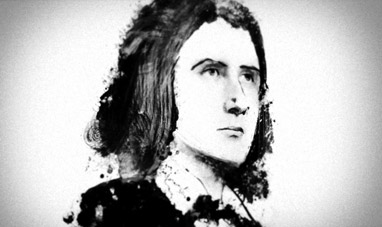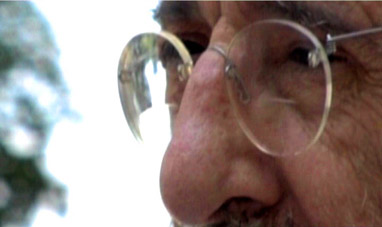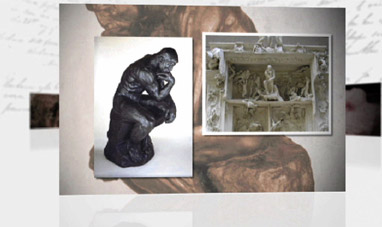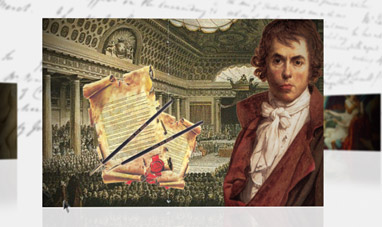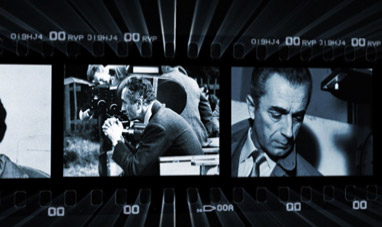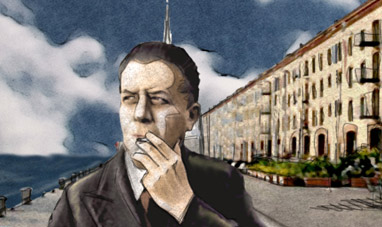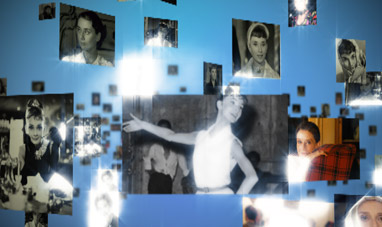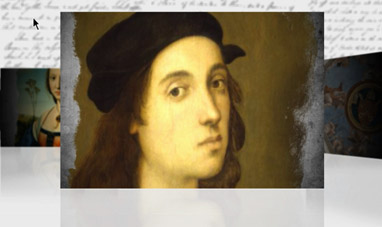Alberto Giacometti was a Swiss sculptor and painter who became famous for his thin, elongated figures. He was born on October 10, 1901 in the Swiss town of Stampa in Graubünden state. His father was a painter, and he introduced young Alberto to art at an early age. After studying at the Ecole des Beaux-Arts in Geneva, Giacometti moved to Paris in 1922 and studied sculpture under Rodin. He frequently visited the Louvre and became acquainted with Cubism. During this period, he created the sculptures Torso [1925] and The Spoon Woman [1926]. “The Spoon Woman” was inspired by African sculpture, and presented a synthesis of curves and straight lines that defined the primitive female form. In 1928, Giacometti joined the Surrealist movement. He earned praise from Salvador Dali praise with the sculpture Suspended Ball [1930].The work consisted of a ball swinging from a violin string over a half-moon and encased in iron pipes shaped like a cage. The sexually provocative, symbolic sculpture confirmed Giacometti as an ideal interpreter of Surrealism. However, the artist was increasingly attracted by figurative representation, and the Surrealist camp officially expelled him in 1935.
Following the split, Giacometti did not exhibit any artwork for more than ten years. His art reached a decisive turning point in 1947 with Walking Man. The sculpture is based on two works by Rodin, but replaces the athletic appearance of Rodin’s subjects with a frail, emaciated look. [for graphics: compare Giacometti's sculptures with Rodin's "Walking Man" (1878) and "Falling Man" (1882)] The sculpture is a solemn, tall and thin figure with enormous feet anchored to the ground. It expresses human vulnerability and suffering. In 1947 Giacometti also made Head of a Man on a Rod, which featured a grimacing, distorted face, and another masterpiece, Nose [1947], with which the artist returned his cage theme, isolating the body in space. During this period Giacometti also created a bust-portrait of his brother Diego, a number of elongated female figures, the macabre work Hand [1947], and sculptures of various pets. [for graphics: show sculptures "Dog" and "Cat"] Space enveloped and corroded these fragile forms, which also featured shattered contours. In 1948, Giacometti had a solo show at the Pierre Matisse gallery in New York. His first retrospective took place in Zurich in 1950. He presented his first theater pieces in 1953, designing the lone, sparse tree used for the set of Waiting for Godot by his friend Samuel Beckett. Giacometti died on January 11, 1966 in Chur, Switzerland. He was 64.
His powerful yet delicate sculptures contain an elusive and unmistakably human quality.
Following the split, Giacometti did not exhibit any artwork for more than ten years. His art reached a decisive turning point in 1947 with Walking Man. The sculpture is based on two works by Rodin, but replaces the athletic appearance of Rodin’s subjects with a frail, emaciated look. [for graphics: compare Giacometti's sculptures with Rodin's "Walking Man" (1878) and "Falling Man" (1882)] The sculpture is a solemn, tall and thin figure with enormous feet anchored to the ground. It expresses human vulnerability and suffering. In 1947 Giacometti also made Head of a Man on a Rod, which featured a grimacing, distorted face, and another masterpiece, Nose [1947], with which the artist returned his cage theme, isolating the body in space. During this period Giacometti also created a bust-portrait of his brother Diego, a number of elongated female figures, the macabre work Hand [1947], and sculptures of various pets. [for graphics: show sculptures "Dog" and "Cat"] Space enveloped and corroded these fragile forms, which also featured shattered contours. In 1948, Giacometti had a solo show at the Pierre Matisse gallery in New York. His first retrospective took place in Zurich in 1950. He presented his first theater pieces in 1953, designing the lone, sparse tree used for the set of Waiting for Godot by his friend Samuel Beckett. Giacometti died on January 11, 1966 in Chur, Switzerland. He was 64.
His powerful yet delicate sculptures contain an elusive and unmistakably human quality.

